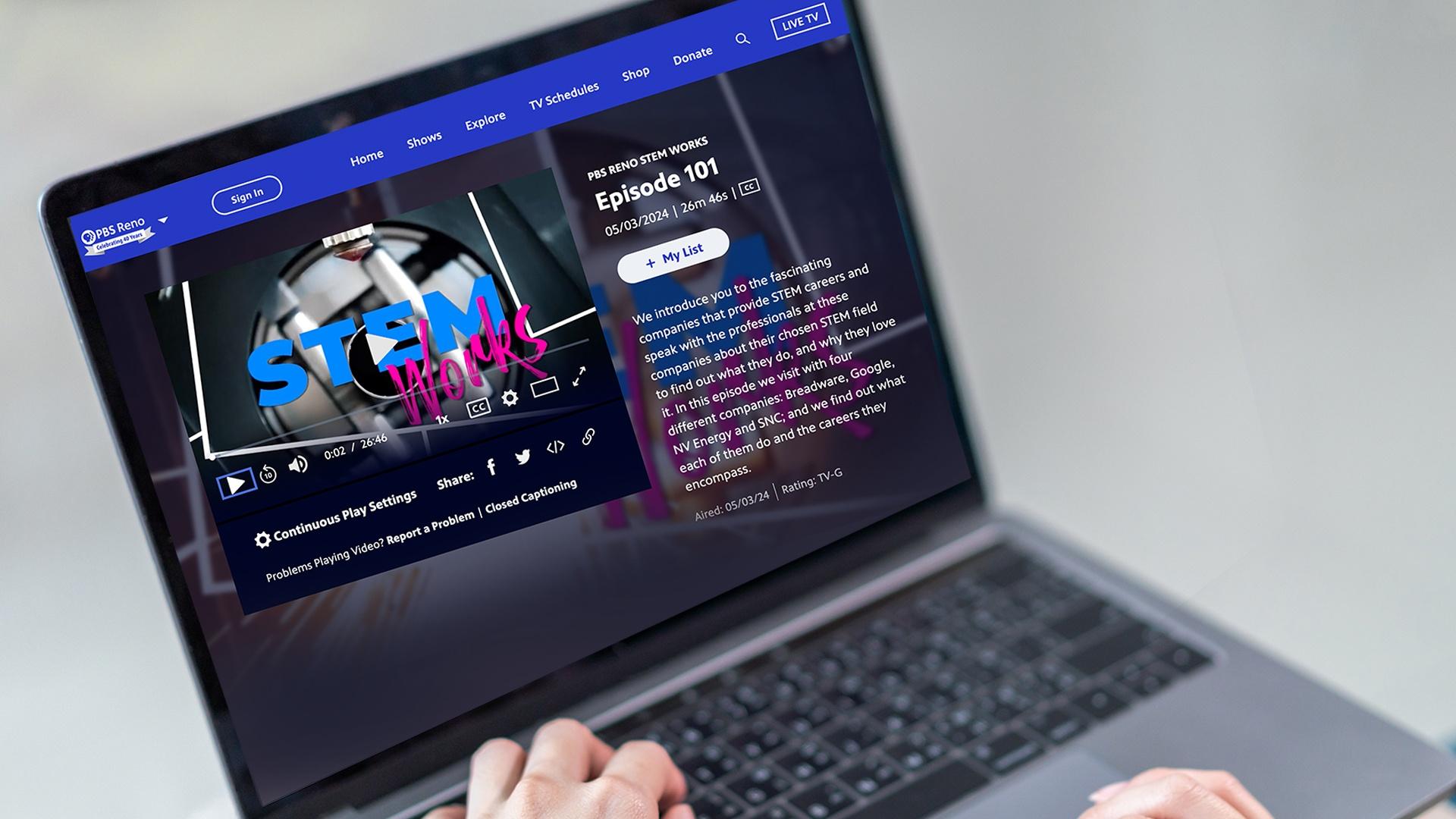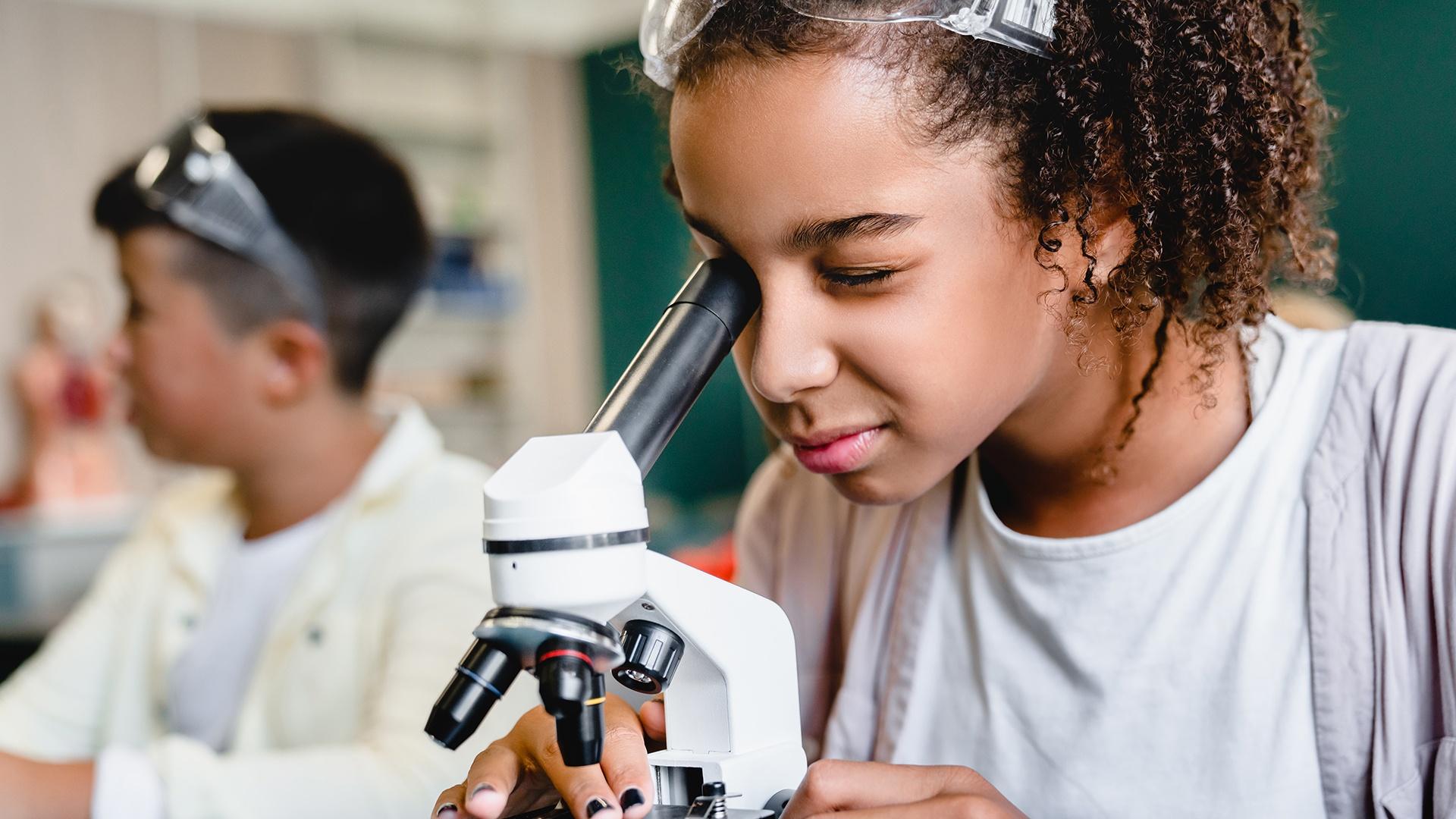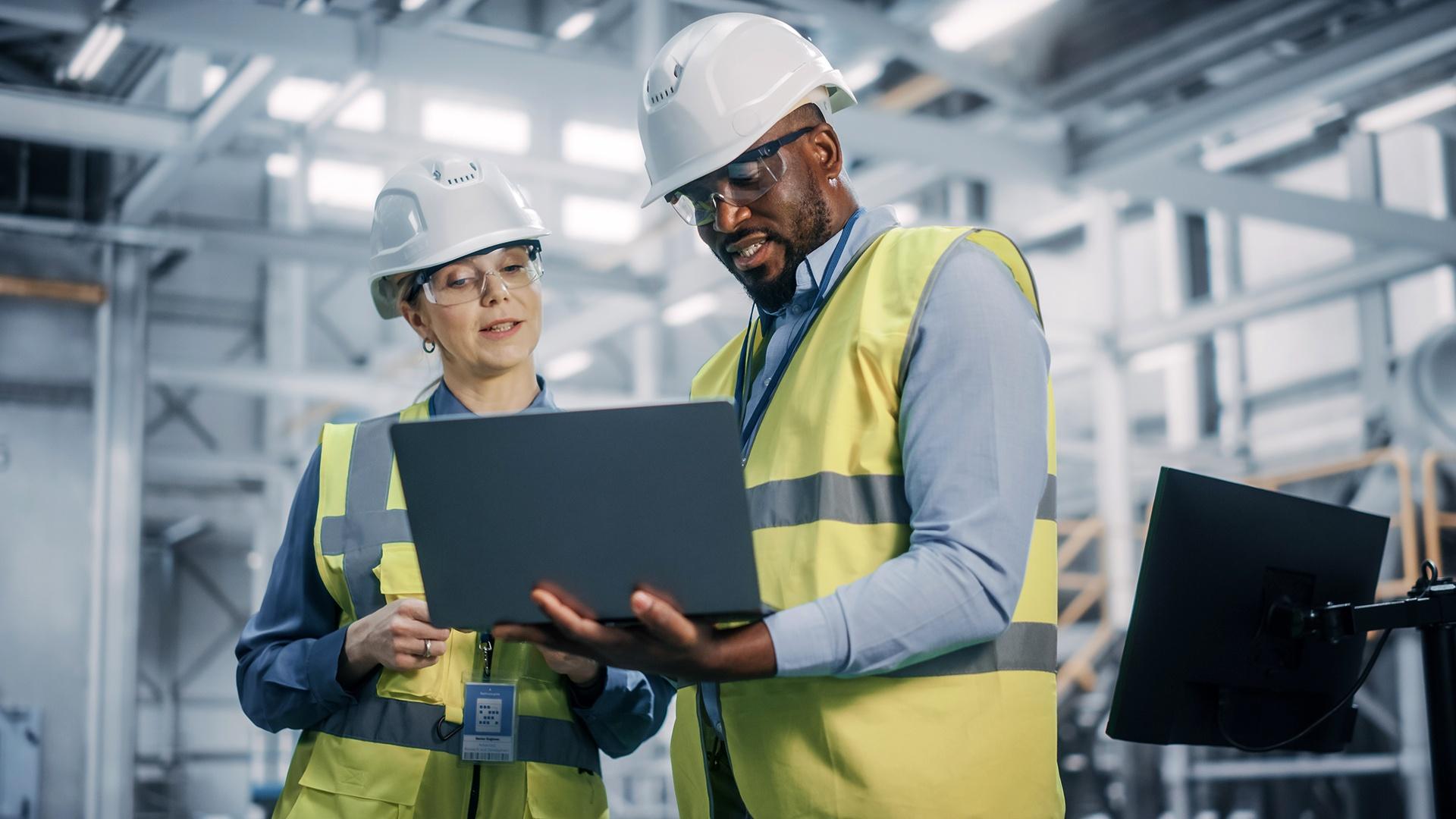
STEM Works Videos
PBS Reno STEM Work videos are aligned with the STEM Career Cluster. Career Clusters contain occupations in the same field of work that require similar skills.
In this digital short of PBS Reno STEM Works, we dive into how to locate mines and mine them, as well as reclaim them. Three specialists explain the importance of research, safety of abandoned mines, and the ever changing Earth that needs to be protected from fossil fuels. Experts explain how technology, community and relations, and data analysis are vital tools for their jobs.
STEM — STEM stands for science, technology, engineering, and math. It represents an interdisciplinary and integrated approach to gathering hands-on experience and applying “real-world” knowledge. People who work in STEM fields use knowledge in science, engineering, technology, or math to understand the world around us and to solve problems.
Abandon Mines Lands Program— The Abandoned Mine Lands (AML) Program is focused on mitigating potential human health and ecological concerns associated with contamination from legacy heavy metal mining operations (inactive or abandoned mine lands) occurring primarily prior to September 1, 1989. AML sites may include mills, mill tailings, acid mine drainage, waste rock dumps, heap leach pads, pit lakes, chemical hazards, and associated structures and roads. ndep.nv.gov/land/abandoned-mine-lands
Auto samplers — An auto sampler is a device that automatically loads collected samples into a laboratory instrument.
Basemaps— A Basemap is a reference map on which you overlay data from layers and visualize geographic information.
Battery— A battery is a small device that provides the power for electrical items such as radios and children’s toys.
Device tracking software — Device tracking software is a software installed in an electronic device that is capable of reporting the device’s location remotely.
Drone — A drone is an aerial flying machine (like a plane or a helicopter) that doesn’t have any people on it. It’s controlled remotely and often has a lot of cameras and sensors on it to show the people controlling it on the ground what the drone is “seeing.”
Electrification — Electrification refers to the process of replacing technologies that use fossil fuels (coal, oil, and natural gas) with technologies that use electricity as a source of energy.
Evaporate — When a liquid changes from a liquid state to a gas, it is called evaporation.
Field device — A field device controls local operations such as opening and closing valves and breakers, collecting data from sensor systems, and monitoring the local environment for alarm conditions.
Geo chemistry — Geochemistry is the study of the chemical composition of the Earth and other planets, and the chemical processes that affect them.
Green energy — Green energy is any type of energy that is taken from natural resources, like sunlight, wind, or water. They are usually both renewable and clean, which means that they do not produce greenhouse gases.
Hazard — A hazard is any source of potential damage, harm or adverse health effects on something or someone
Hydrology — The science dealing with occurrence, circulation, distribution, and properties of the waters of the earth and its atmosphere.
Incline — An incline is land that slopes at an angle.
Liaison — A liaison is a person who functions as a connection, as between persons or groups.
Lithium — Lithium is a soft silvery metal that is very reactive. It is used in lithium batteries and certain medicines.
Mine — A mine is a place where deep holes and tunnels are dug under the ground in order to obtain a mineral such as coal, diamonds, or gold.
Permit — A permit is an official document which says that you may do something.
Plastic — Plastic is a material that is produced from oil by a chemical process and that is used to make many objects. It is light in weight and does not break easily.
Process engineering — Process engineering is the understanding and application of the fundamental principles and laws of nature that allow humans to transform raw material and energy into products that are useful to society, at an industrial level.
Pump — A pump is a machine that is used to move liquids from one place to another. They are usually used to move liquids upwards. Pumps need some sort of power to make them work, which can either come from a person or from a motor.
Raw materials — Raw materials are materials that are in their natural state, before they are processed or used in manufacturing.
Reclamation — Reclamation is the process of changing land that is unsuitable for farming or building into land that can be used.
Silica — Silicon dioxide, also known as silica, is a chemical compound, the oxide of silicon. It is known for its hardness since the 16th century. It is an important compound used in most types of glass and other hard substances such as concrete, porcelain and stoneware.
Shaft — An opening in tunnels and underground excavations.

PBS Reno STEM Work videos are aligned with the STEM Career Cluster. Career Clusters contain occupations in the same field of work that require similar skills.

Pair PBS Reno STEM Works videos along with free activity sheets and partner tools to help further understanding of STEM careers and to help focus education and training plans.

STEM Works videos showcase companies, employees and their STEM jobs, promoting your great places to work in Nevada.